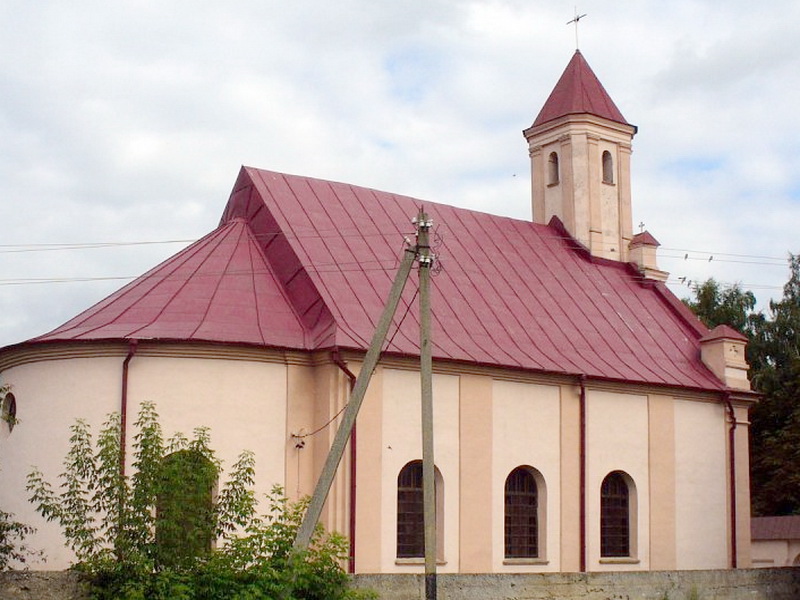History
The church's history is closely connected to its noble owners. In the 17th century, when Izabelin belonged to the powerful Sapieha family, a Catholic church already stood on this site. Later, in the 18th century, the estate was owned by the Grabowski family, who were Protestants, and in 1778 they built a stone Calvinist church, later also used by Lutherans. In 1935, when the village became part of interwar Poland, the building was transferred to a newly formed Catholic parish. During Soviet times, the church was closed, and only in 1989 was it returned to the faithful. In 1993, it was solemnly consecrated and became the active parish of Our Lady of Perpetual Help.
Architecture
The architectural appearance of the church is a reserved yet expressive blend of Baroque and Classical styles. The building has a rectangular plan, a large semicircular apse, and a gabled roof. A distinctive feature is its elegant single-tier bell tower with beveled corners and a pyramidal top. The main facade is minimalistic yet striking: an arched window, niches, rosettes, and decorative panels emphasize its symmetry. Inside, some elements like columns and choir lofts remain, although the original decor has not survived. Despite this, the church retains an atmosphere of spirituality and tranquility, especially during services.
Excursions
The Church of Saints Peter and Paul in Izabelin is part of thematic excursions across Belarus, especially those focused on religious and architectural heritage. It can be visited as part of an excursion from Minsk or during a regional tour of the Grodno area. Tourists interested in learning more about the church’s history can book a guided tour that includes not only a visit to the church but also a detailed story about the village’s religious life and the fate of the temple in different historical periods. It’s a wonderful opportunity to discover lesser-known, yet significant pages of Belarusian spiritual heritage.
